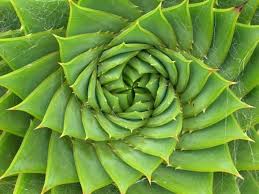
Cohort 2
___
By Karina Strong
Math. For some, the mention of Math Class evokes feelings of panic, inadequacy, and dread. Much has been written on these feelings called Math Anxiety or Math Phobia. I too have had this emotional response for most of my life. This series of 3 blog posts is my exploration in my personal re-framing of my attitude- the evolution from anxiety to wonder.
What is Math?
Math was taught to me in the same manner that most math phobic kids were taught: Timed worksheets, formula memorization, drills, and endless rote memorization. I did not have a solid number sense foundation, or understanding of what math represented. It was a frustrating experience, full of failure.
A few years ago, I was lucky to hire a new employee for my circus business. Kat is not only a talented performer, he is a ‘math guy’. He loves math. Not only because he understands the equations, but because he understands the Language of Math that the equations represent; he can translate the equations into patterns. He would try to explain these patterns to me, and little by little over the course of time my eyes stopped glazing over when he spoke and I began to have an inkling into what he was talking about.
"Mathematics is the study of patterns, and the equations that come from it are merely written shorthand for exploring those patterns, akin to a poem about a sunset being a written reminder to the author of the experience." DrexFactor.com
This concept was revolutionary to both my understanding and my attitude about Math. As a movement artist, I am very interested in patterns- the patterns that we make with our dance, and the patterns of how the performers move on stage. That Math is a symbolic representation of patterns not only explains the reasoning behind it but opens up a new door in appreciation. As Kat has often said to me, “Math is beautiful.” I'm beginning to believe him.
Patterns in Nature
Patterns are everywhere in nature. Human beings are hardwired to recognize patterns; Patterns are beautiful to us. If language is the dawn of humanity, Math and numbers are in the truest sense the symbolic representation of thought. Math is the symbolic language of patterns and therefore of the universe. The language of God, one might say.
“We live in a universe of patterns. The stars move across the sky, the moon changes phase monthly, the seasons cycle at yearly intervals, snowflakes all have sixfold symmetry, animals are covered in stripes and spots, waves move across the desert and the ocean, rainbows float across the sky..” (Stewart p 1)
By using Math to organize our ideas about patterns, we can understand these patterns with greater clarity. The more clarity we have, the more questions we can answer about the science that governs natural processes. There are countless patterns in nature; here are two interesting examples that I have learned about in the course of researching this topic:
Fibonacci Spiral
The Fibonacci Sequence is the series of numbers: 0, 1, 1, 2, 3, 5, 8, 13, 21, 34, … The next number is found by adding up the two numbers before it. When we make squares with those widths, we get a specific type of spiral. This Fibonacci spiral is a recurring pattern found often in nature.
A fractal is a never-ending pattern. They are created by repeating a simple process over and over. A fractal is a geometric shape that has symmetry of scale. This means that it is a shape that you could zoom in on a part of it an infinite number of times and it would still look the same. This is also called self-similarity. Clouds are good examples of fractal structure in nature.
The simplest mathematical objects are numbers, and the simplest of nature's patterns are numerical. People have two legs, cats have four, insects have six, spiders have eight. A break in this pattern would seem extraordinary, certainly raising the attention of biologists and botanists. The normality of Nature's patterns is ingrained into our culture in many different ways. "Clover normally has three leaves: the superstition that a four leaf clover is lucky reflects a deep-seated belief that exceptions to patterns are special.” (Stewart, 4)

Conclusion
The study of math teaches us many things. Math is the symbolic language of patterns, and patterns are the key to our physical world. With math, we try to learn not only how things happen; but WHY they happen. We organize the patterns we observe so we can predict how nature will behave. With this understanding we can make practical use of what we have learned. My own understanding of Mathematics is still very basic, but my grasp of the meta reasoning behind Math theory has expanded. I am beginning to comprehend that Math is not only beautiful, it is the language of science and the key to understanding our world.
Sources:
DrexFactor.com
Wikipedia Fibonacci
Wikipedia Fractal
Stewart, Ian. Natures Numbers. Basic Books 1997
Countless conversations with Kat
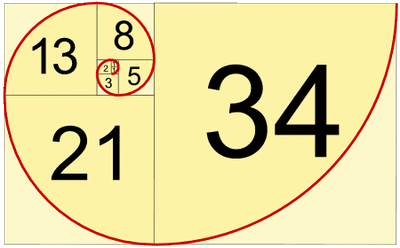
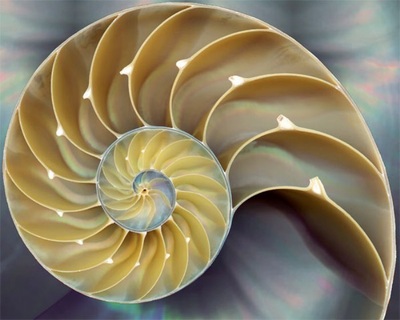
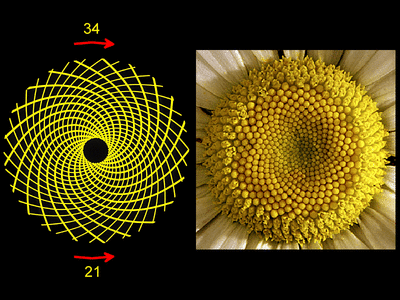

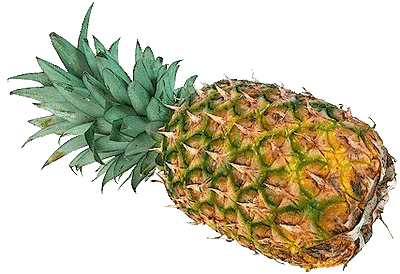
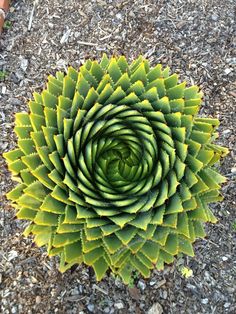
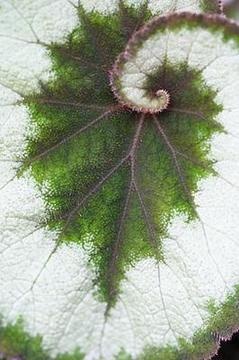



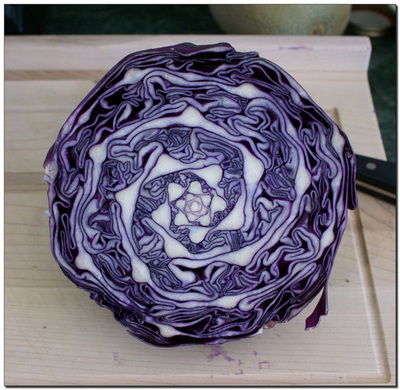

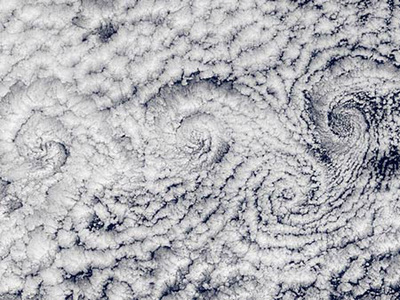
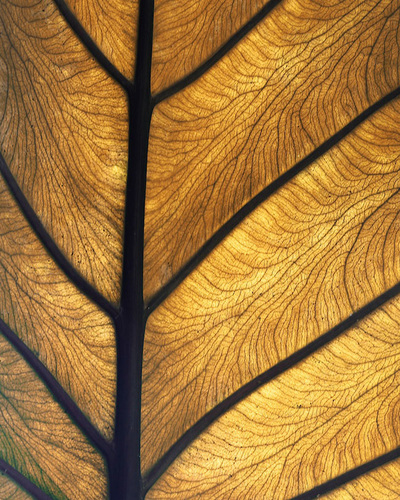




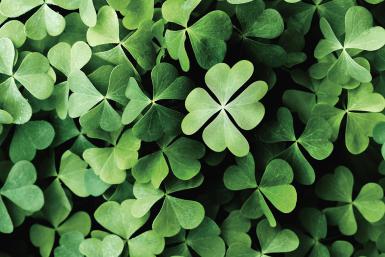
 RSS Feed
RSS Feed
